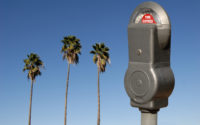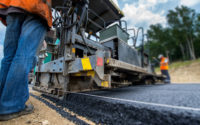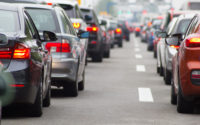Hyperloop: The Boring Launch
In typical Elon Musk-style, the launch of the Hyperloop tunnel, which was scheduled for for December 10, was canceled and postponed to December 18, 2018 to a new and unrevealed location.
Boring Company product launch on Dec 18. More than a tunnel opening. Will include modded but fully road legal autonomous transport cars & ground to tunnel car elevators.
— Elon Musk (@elonmusk) December 7, 2018
Initially scheduled to debut in Hawthorne, the launch will now occur in a different location which is yet to be officially released. The launch will feature a 3.6 mile loop from the chosen subway station to the Dodger Stadium. The Boring Company has outlined three possible subway stations from which it will choose a location to debut its alleged western terminus.
In Musk’s recent tweet, he announced that the debut on December 18, 2018 would be a ‘product launch’ to showcase fully road legal autonomous transport cars. The company is also set to unveil its ground to tunnel car elevators whose function it is to lower the electric buses down into the tunnel via elevator shaft. However, it is unclear if the tunnels will be operational by the December 18 to offer rides — the tweets and official announcements have only confirmed the launch of the cars and ground to tunnel elevators but not rides in any tunnel. It is unclear as to when the construction of the tunnel under the chosen subway station will be completed.
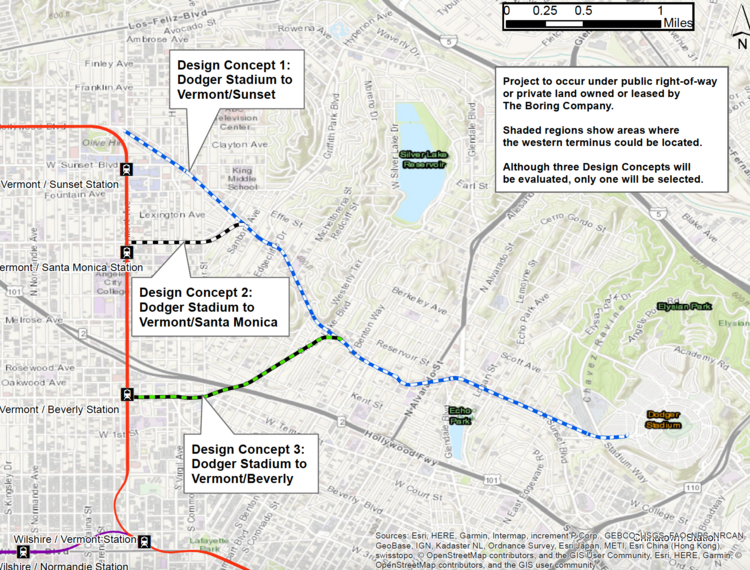
The original test tunnel was scheduled to be unveiled in Hawthorne, California, on December 10, and would travel into downtown L.A. However, litigation from the residents of the suburb forced Musk to abandon the tunnel beneath Los Angeles’ Freeway 405 and Sepulveda Boulevard. Residents’ concerns arose when the project was not required to be reviewed in environmental reports. Brentwood Residents Coalition et. al v. City of Los Angeles settled the lawsuit amicably, but as a result, the Boring Company chose to cancel the launch. Post lawsuit, the company shifted its focus to the proposed Dugout Loop under Dodger Stadium. The Boring Company estimates that the project’s completion date will be in 2020.
Proposed routes of the Dugout Loop aim to provide more efficient travel between the East Hollywood, Los Feliz, and Rampart Village neighborhoods and Dodger Stadium. The loop intends to connect the Red Line Subway Station to the stadium, an approximate 3.6 mile distance. The proposed travel cars (or ferries) are estimated to have a maximum speed of 155 miles per hour and a travel time of 4 minutes from the mentioned Metro stations to the Dodger Stadium. As seen in figures below, this is significantly less than the travel time using the current transport infrastructure which vary across different routes from 23 minutes to over an hour. These figures represent travel times at 1PM on a Sunday; and may shift by 5-7 minutes for different days and times.
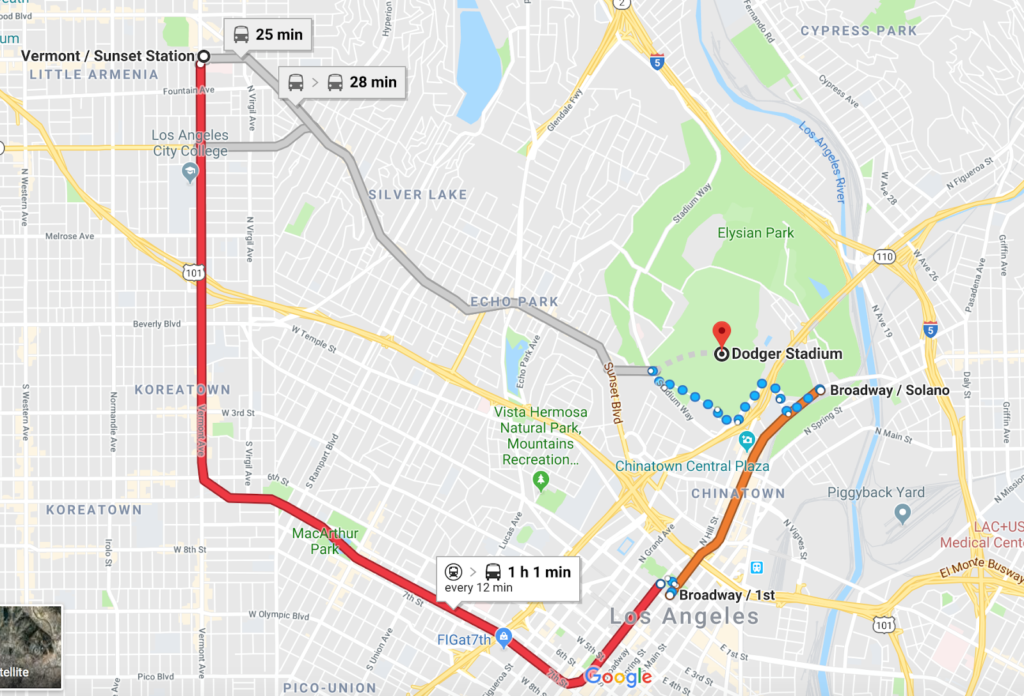
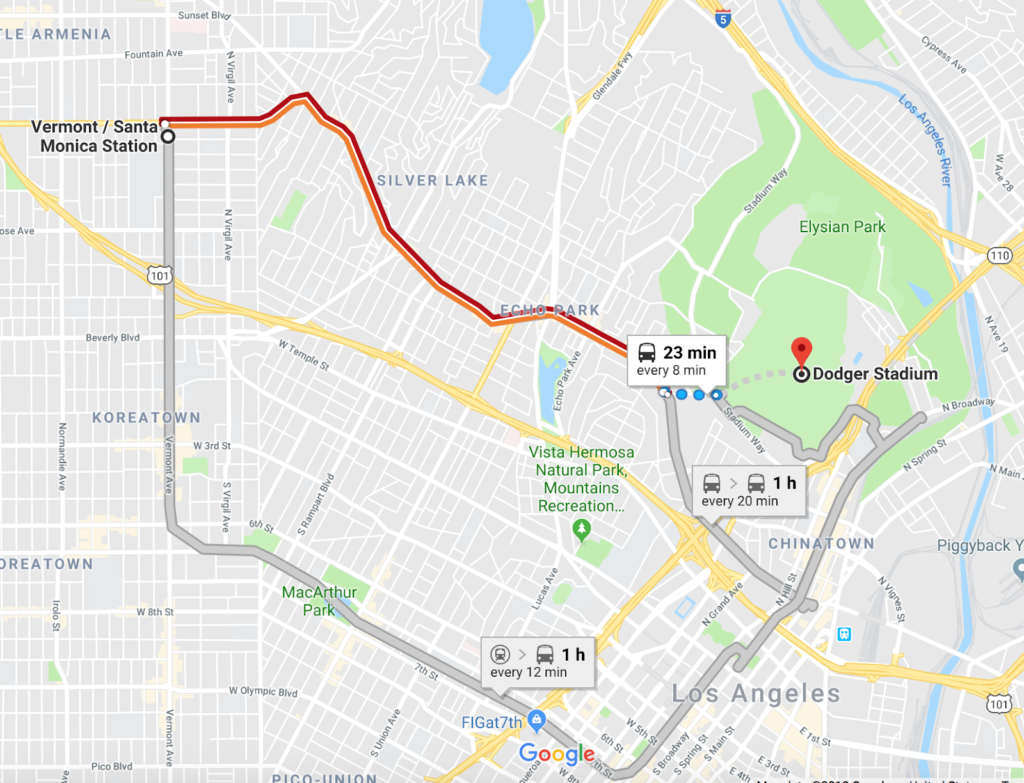
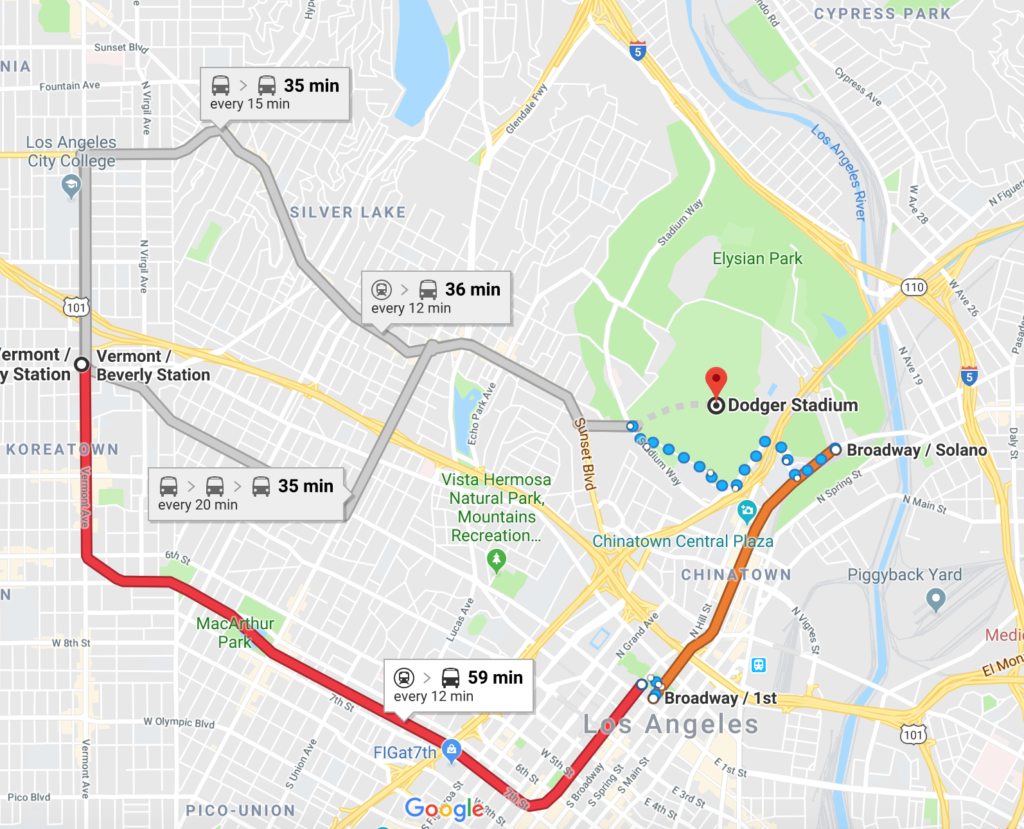
The cost of a one-way trip using these travel cars is to be set at $1, which is cheaper than the current price, $1.75, for a regular one-way trip on the L.A. Metro or Dodger stadium express bus lines. The Boring Company estimates that these cars will carry around 1,400-2,800 passengers per day, which is about the same number of people who take the Dodger Stadium express bus from Union Station. Furthermore, since Hyperloop is a private company, the development and construction of the project has no cost to the taxpayer. These two factors make it a low-cost, highly efficient, transportation innovation for the public.The Dugout Loop is described as a “zero-emissions, high-speed, underground public transportation system” by the Boring Company. If Musk is successful at implementing the technology it would be a cheaper, faster, and more environmentally-friendly alternative to currently lacking public transportation options in L.A. However, if the Chicago lawsuits against similar Boring Company proposals are any indication, Musk is going to have to wade through murky legal waters before these transport initiatives can be implemented.
